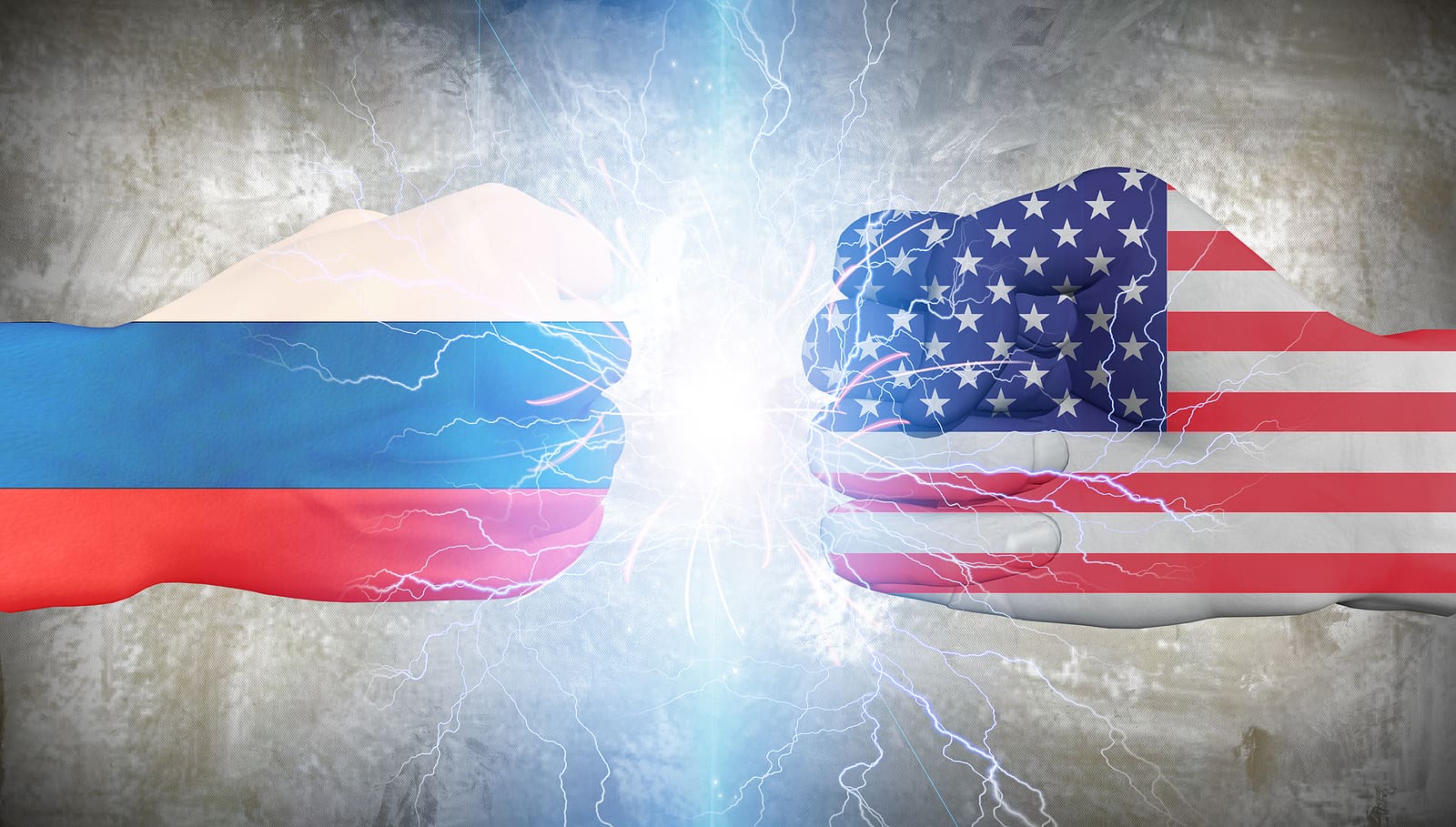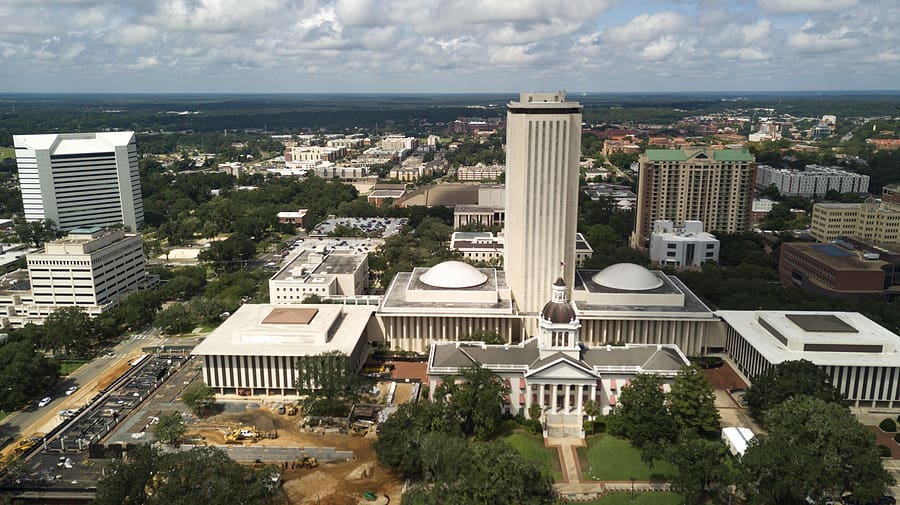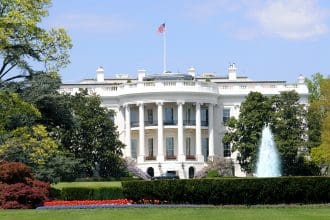Trump and Putin Meeting in Alaska Fails to Deliver Peace Agreement on Ukraine War
ST. LOUIS, MO (STL.News) – The highly anticipated summit between U.S. President Donald J. Trump and Russian President Vladimir Putin in Alaska ended without an agreement to halt the ongoing war in Ukraine. While both leaders claimed progress, the two men presented sharply different versions of the outcome, leaving global observers uncertain about the next phase of the conflict.
A Historic Meeting, But No Breakthrough
The face-to-face talks, held in Anchorage on August 15, 2025, were billed as a potential turning point in the war that has defined global politics since Russia’s invasion of Ukraine in February 2022. Trump, who has repeatedly argued that he could quickly end the conflict through direct negotiation, entered the meeting with a bold promise to “bring peace back to Europe.”
However, after hours of closed-door discussions, Trump told reporters: “There’s no deal until there’s a deal.” He emphasized that, although the discussions were productive, the summit did not result in a ceasefire or a binding agreement. Instead, Trump shifted responsibility to Ukrainian President Volodymyr Zelenskyy and European leaders, urging them to take the next steps.
Putin, meanwhile, painted a different picture. Speaking to Russian media, the Kremlin leader claimed the two sides had reached an “understanding” on the principles of a future settlement. Yet, he stopped short of announcing any specific concessions, timelines, or actions, fueling skepticism among international analysts.
Conflicting Narratives
The disparity in messaging was not surprising to diplomats familiar with both leaders’ styles. Trump framed the meeting as an opening chapter rather than a conclusion, maintaining his image as a dealmaker while deflecting pressure for immediate results. Putin, isolated since the 2022 invasion and desperate to project strength at home, seized the opportunity to claim progress—even in the absence of concrete deliverables.
This divergence has left Ukraine and its allies with more questions than answers. While Kyiv cautiously welcomed the U.S.-Russia dialogue, officials in President Zelenskyy’s government stressed that Ukraine’s sovereignty and territorial integrity remain non-negotiable.
European leaders also issued carefully worded statements. German Chancellor Olaf Scholz and French President Emmanuel Macron both emphasized the need for any peace initiative to include Ukraine at the table, warning against backroom deals that sideline Kyiv. NATO officials likewise reaffirmed their support for Ukraine’s defense, insisting that “agreements without Ukraine are not agreements at all.”
The Stakes for Ukraine
For Ukraine, the summit’s lack of clarity is a mixed outcome. On one hand, Trump’s decision not to strike a premature deal prevents Kyiv from being pressured into concessions. On the other hand, Putin’s claim of an “understanding” risks creating the perception of diplomatic momentum in Moscow’s favor, especially if exploited by Russian state media to suggest that the West is softening its stance.
Ukrainian officials have expressed concerns that Putin may use the ambiguity to buy time, regroup forces, and strengthen Russia’s bargaining position. Analysts note that despite battlefield losses, Russia retains control over significant territory in eastern and southern Ukraine, making the stakes of any negotiation extremely high.
Global Reactions
The Alaska summit drew intense global attention, with markets, military analysts, and foreign governments all watching closely.
-
Financial Markets: Initial volatility was observed in energy markets as traders reacted to the possibility of a ceasefire that could alter oil and gas flows. Prices stabilized after confirmation that no concrete deal had been reached.
-
China: Beijing cautiously welcomed the meeting, calling for “dialogue and restraint,” but refrained from endorsing either Trump’s account or Putin’s.
-
United Nations: UN Secretary-General António Guterres reiterated his call for a negotiated settlement, emphasizing that humanitarian concerns must remain at the center of any talks.
Trump’s Political Balancing Act
For President Trump, the summit was as much about international diplomacy as it was about domestic politics. His campaign-style rhetoric in recent weeks suggested that he could solve the Ukraine war “in 24 hours” if given the chance. The Alaska meeting provided him with a platform to demonstrate leadership, but the absence of a breakthrough leaves him vulnerable to critics who accuse him of overpromising.
Still, Trump framed the outcome as a step forward. “We had very good conversations,” he said. “But at the end of the day, Ukraine and Europe must decide how to move forward. We are here to help, but we will not dictate.”
Putin’s Use of Optics
For Vladimir Putin, the optics of being seen on equal footing with the American president were critical. Despite Western sanctions and growing international isolation, the Russian leader presented the meeting as proof that Moscow cannot be ignored. By claiming an “understanding,” Putin reinforced his domestic narrative that Russia is negotiating from a position of strength, despite its military facing ongoing challenges on the battlefield.
What Comes Next?
The immediate aftermath of the summit suggests little will change on the ground in Ukraine. Fighting continues along the eastern front, where both sides are engaged in grinding battles over key strategic towns. The Ukrainian counteroffensive has slowed, but Kyiv remains determined to reclaim occupied territories.
Diplomatically, attention now shifts to Ukraine and its European allies. Trump’s message—that Zelenskyy must “make a deal”—could increase pressure on Kyiv to consider compromises. However, Ukrainian leaders remain firm that any settlement must include full sovereignty and control over their territory.
International analysts predict that future talks will be necessary but warn against expecting rapid progress. The Alaska summit, they argue, should be seen as a symbolic first step rather than a substantive turning point.
Conclusion
The Trump-Putin meeting in Alaska captured headlines worldwide but produced no breakthrough in ending the war in Ukraine. With Trump stressing that no agreement was reached and Putin insisting that an “understanding” exists, the summit highlighted both the potential and the pitfalls of high-level diplomacy.
For now, Ukraine remains in a precarious position—caught between battlefield realities, diplomatic maneuvering, and the ambitions of world leaders who have yet to deliver the peace the world is waiting for.
© 2025 STL.News/St. Louis Media, LLC. All Rights Reserved. Content may not be republished or redistributed without express written approval. Portions or all of our content may have been created with the assistance of AI technologies, like Gemini or ChatGPT, and are reviewed by our human editorial team. For the latest news, head to STL.News.










